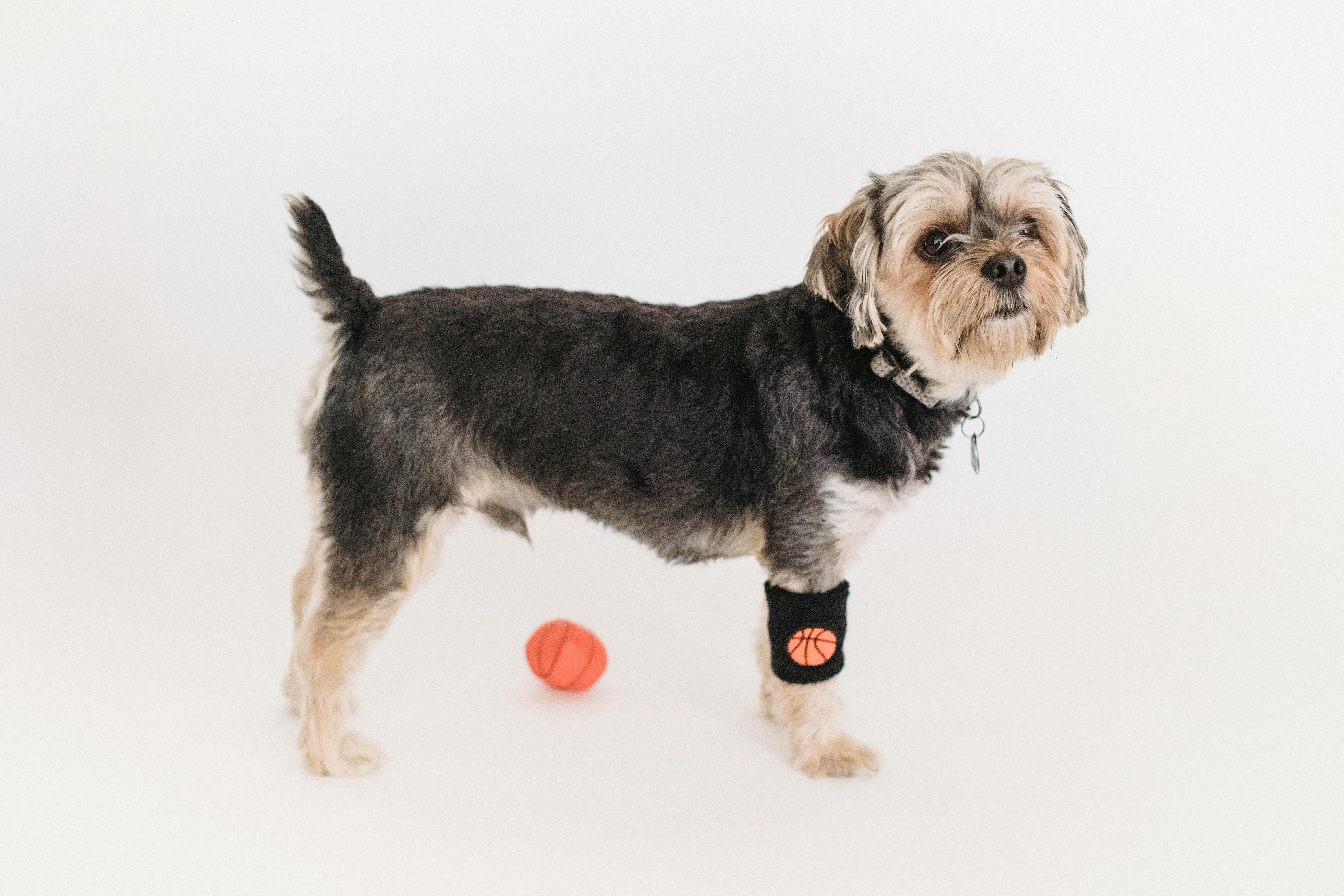OFA certification and hip dysplasia
If you own a larger breed of dog or are looking for one, you may have heard the term OFA Certified. This refers to the dog’s hip joints and is an indicator of potential problems for your dog. Hip problems for any active dog will cause progressively worse pain and discomfort. The unstable hip joint will lead to osteoarthritis.
So what is OFA certification? The Orthopedic Foundation for Animals is the recognized certification body for evaluating and determining whether a dog will have hip problems. The foundation was established in 1966 by John M. Olin after discovering that hip dysplasia was affecting his sporting dogs. Hip dysplasia is a genetic condition and can be evaluated using X-rays. OFA maintains a database for hip dysplasia and now also maintains databases on other genetic disorders.
The Orthopedic Foundation for Animals has defined 7 categories to describe canine hip joints. They are: Excellent, Good, Fair, Borderline, Slight, Moderate, Severe. There are several different ways to treat hip dysplasia depending on the age of the dog and the severity of the problem.
For young dogs, less than 10 months old, veterinarians may perform surgery to stabilize the joint. This surgery is called a triple pelvic osteotomy. It consists of cutting 3 places in the pelvic bone, rotating the socket and stabilizing the spherical part of the joint with plates and screws. This procedure is for puppies only because once there are arthritic changes in the joint, surgery is not possible. Another surgical option is a total hip replacement. This is a complex procedure, usually performed only in university hospitals and large specialized offices. It can cost up to $ 1750.00 for one hip, which is generally all that needs to be done.
There are other non-surgical options available. One of the simplest and least expensive treatments includes weight control and exercise. The exercise should begin with short leash walks that should gradually increase as the muscles become stronger. Strong muscles will help stabilize the joint and if the dog is overweight, losing weight will put less pressure on the joint. This is an effective treatment as long as the dog is not in pain from exercise. You may have to back up for shorter walks. Cold and humid weather will aggravate your dog’s joint pain and the heat is soothing. If you suffer from arthritis or joint pain and stiffness, you can understand how your dog is feeling.
Dogs can also be given non-steroidal anti-inflammatory drugs (NSAIDs). Your vet will know if and when this is the right thickness. As with any medicine, there are risks of side effects. Never give your dog his NSAID medicine. The side effects of these drugs in dogs are the same as for us. Side effects include an upset stomach, vomiting, diarrhea, and decreased appetite. Some vets may recommend an all-natural, human-grade pet supplement for your dog. Glucosamine and chondroitin have been shown to be helpful in rebuilding joint cartilage. It may take about a week to administer the supplement before the level needed for results is reached.
It is important that you consult with your dog’s veterinarian to discuss the best rude action for your dog. With a little help from you and your vet, your dog can live a full, active, and pain-free life.
